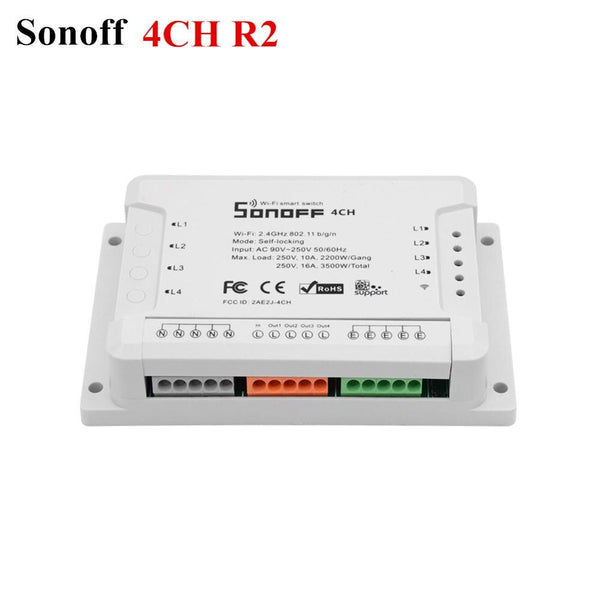Table of Content
One of the easiest ways to test your home's humidity level is to head to the hardware store and purchase a hygrometer or indoor humidity monitor. Place this device in each room you want to test and follow the instructions. Whereas if I notice my throat, eyes, or skin drying out a lot, then the humidity is probably really low. However, it never hurts to have an official source to rely on to get a better idea of the humidity levels in your home.

If you think this could be a problem, don’t hesitate to call a professional. Managing the humidity levels in your home can be very important to the structure and your health. For you, a low humidity level can lead to dry skin and a susceptibility to colds; for your home, it may cause cracked wood and even structural damage.
Use Exhaust Fans
Therefore, it directly relates to the amount of vapor present. Even if it does not condense, water vapor can still penetrate materials or react to certain surfaces. The capacity of a space to hold moisture depends on the temperature. Higher temperatures hold more moisture than colder temperatures. Leave the water and cubes in the room for about five minutes. If condensation has formed on the outside of the glass, the moisture level is high.
Reduce the number of plants in your home, as they add moisture to the air. To find the percentage and value, check out some free tables online like this one. Be sure to use room temperature water for this experiment. Cook with covered pots so that steam doesn’t flow into your house. To prevent your home from turning into a swamp, there are a few ways you can cut down on the water that’s released into the air. Dew point is always expressed in the form of a temperature reading.
Quick humidity solutions
For example, water vapor reacts similarly to a gas and condenses to form either ice or water, depending on the temperature. One of the natural hygrometers in nature is the pine cone. By using the above methods, you will find out how humidity is important in terms of atmospheric comfort.
They are a mechanical device that adds moisture to the air. Simple fixes around the home can help to improve humidity levels that are below the recommended 30%. While this can be quite a good method, the ice cube and glass technique is not as effective as using an actual hygrometer or a humidity monitor. Aside from the windows, you may also notice mold growth and the smell of mildew in the air. However, there are other signs that there is too much humidity in your house.
What is a good humidity level?
For example, on the Celsius scale, a difference of 10 degrees Celsius, also called the depression value, shows the percentage of humidity. Fog on your windows is one of the clearest indicators of high humidity. Wet spots can lead to mold and mildew, which are another symptom of high humidity. Even if you can’t see the spores, your bathroom, kitchen, or laundry room may smell musty or dank.
Excessive humidity can also lead to spoilage or the warping of materials. Therefore, this scientific measure plays a huge role in the manufacture and shipment of pharmaceuticals, fuels, chemicals, paper, and wood. Using a portable hair dryer, dry an area that’s about 2 ft x 2 ft. Leave for around five minutes, and then note the temperatures of each thermometer. Wrap a wet piece of cloth around the bulb of the other thermometer – the wet thermometer.
If the glass shows no signs of condensation, you may want to add a humidifier. Dry air can lead to health concerns as well, such as skin conditions, eczema, or headache pain. While a hygrometer is normally used to check moisture levels, you can use alternative methods as well. To ensure comfort, the humidity in your dwelling should register between 40% and 50%. Children have weaker immune systems so there is an increased chance of them catching infections. Humid air in a warm interior will find any colder surface, such as windows or walls, to condense, generating more condensation.

You can then use an online calculator or chart (don’t worry, they’re easy to find!) and enter the reading to get your humidity level. Many homeowners take a room-by-room approach to humidity control, but if you have more than one problem area to address, you may want to install a whole-house dehumidifier. A whole-house humidifier costs between $100 and $300, not including the cost of labor for installation. Keep in mind that this project requires the services of a local HVAC contractor.
The most advanced smart air quality tech on the market measuring radon, particulate matter , CO2, and more, plus a customizable display. In areas where you are really struggling, a dehumidifier could be the best solution. Drying clothes on a line dryer out of doors will help combat the amount of moisture you are bringing into your home. If you take a bath, leave the water in the tub until it cools. Naturally, if you have small children around, this may not be the best option.

Be sure to monitor the humidity levels in your home with a hygrometer so that you can make adjustments as needed. Too much humidity can cause mold and mildew growth, while too little humidity can lead to dry skin and respiratory problems. Take shorter showers and baths and use cooler water, as hot water evaporates more quickly and can actually decrease the humidity levels in your home. Low humidity levels can cause static electricity, nosebleeds, and dry and cracked skin. Now, you will want to duct tape the dry bulb and wet bulb thermometer on a piece of cardboard. An easy way to figure out the humidity levels in your home is by using two old-fashioned thermometers .

No comments:
Post a Comment